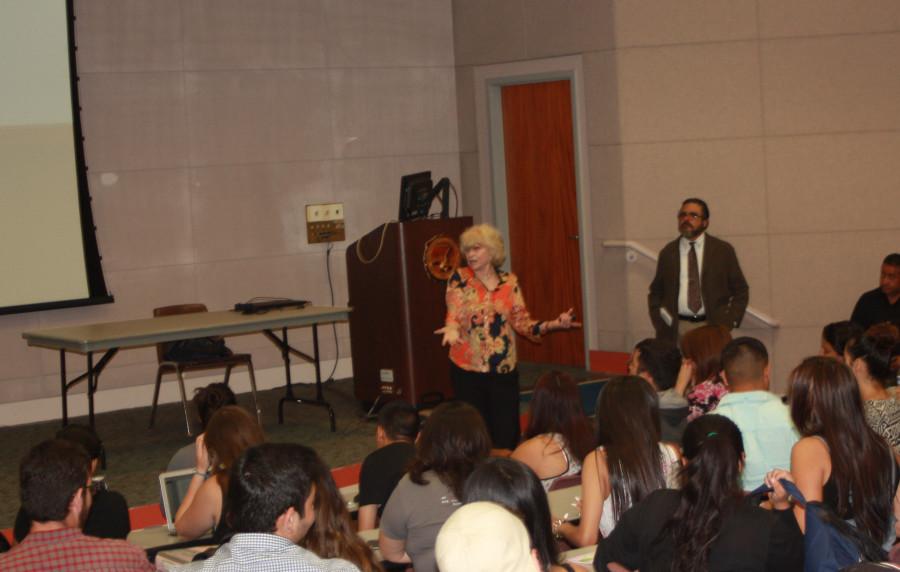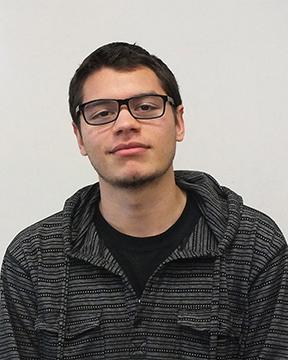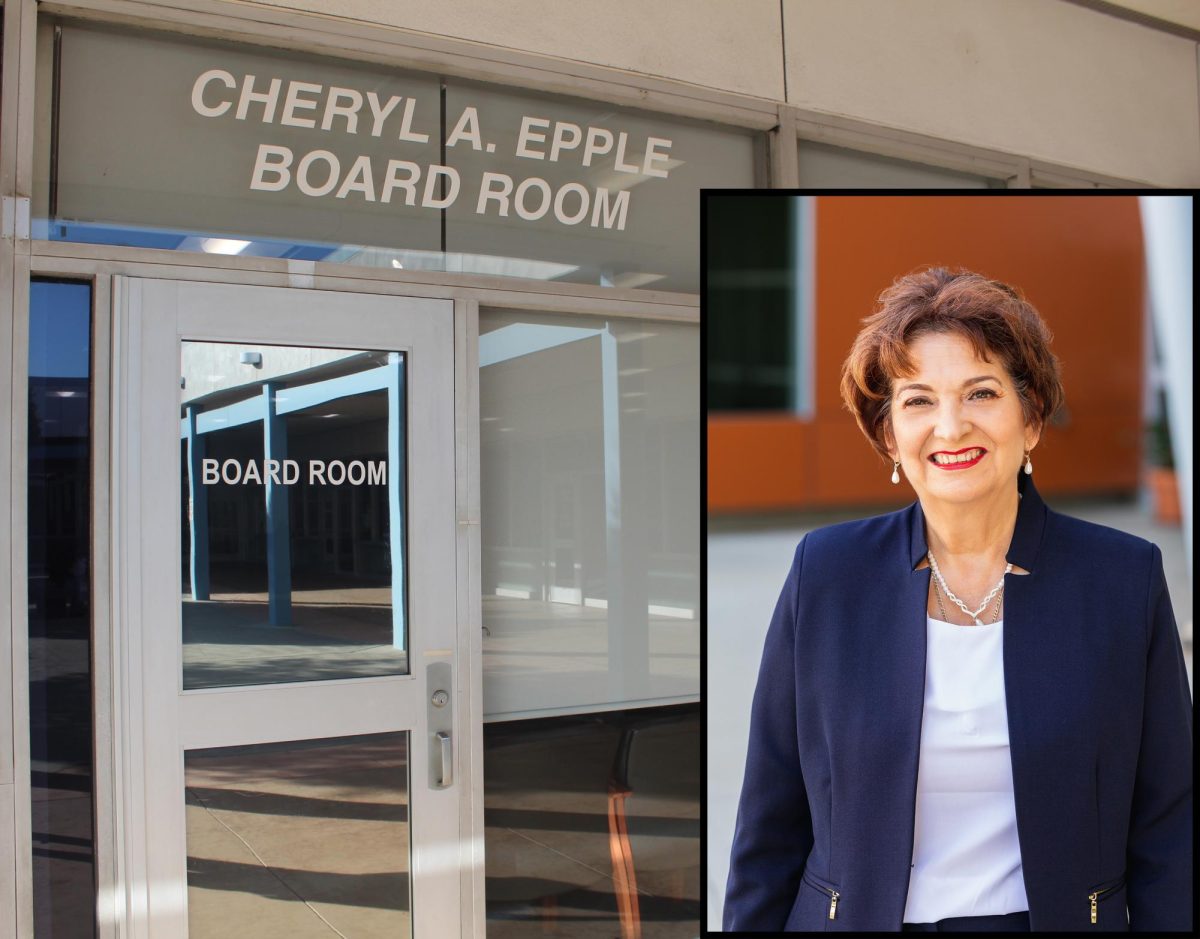The Teleconference Center was filled to capacity as students in attendance even sat on the floor to hear Economics Professor Diane Keenan speak on her experience a recent tour of Cuba.
“You could say there’s 2 Cubas. There’s Cuba in Cuba and then there’s Cuban exiles living in Miami,” Keenan said during her presentation on Tuesday, April 28.
There are 2.2 million Cuban Americans in the U.S.
She spoke on how people have strong feelings about Cuba and how Fidel Castro is a very controversial person.
The average wage for a Cuban citizen is $20 a month.
During the presentation, she recited a quote from Economist Magazine which stated, “Where foreigners see historic architecture, bright 1950s era cars and vast stretches of white sand beaches, locals see decaying building in need of repair, new vehicles priced beyond their reach and a lack of economic opportunity.”
Only 15 percent own cars and only 24 percent have access to the Internet. There is no free speech in Cuba, so people can be held if they say too much or are overheard talking negatively about the government.
Tourism is big in Cuba, just not American tourism. Keenan saw Canadian, German, Russian and Argentinian tourists while she was there.
There are several specific reasons that Americans need to go to Cuba.
- People-to-people tour
- family visits
- research and university groups
- journalism
- conference, public performance/sporting events
- religious groups
- humanitarian trip
- official government business
- support for the cuban people
- private businesses
U.S. citizens can be fined $85,000 for traveling from the United States to Cuba without permission.
Unofficially, Americans have been able to go to Cuba from Mexico without any of the reasons above.
“People aren’t free to speak. They can’t live freely. I was scared because I felt I was in a situation where I wouldn’t be able to get out. You also have to separate the Cuban people from the government,” she said.
She was able to take a tour of Cuba as she was on a guided tour.
Cuba’s citizens are offered free schooling and free medical services. Many resources are put into arts, sports and music. Food is rationed and Cubans are given monthly coupons to redeem for food.
Kennan did say that the locals she talked to said that they have to make those coupons last.
Cuba has the lowest infant mortality rate and also has the lowest rate of AIDS in Latin America. Cuba is also rated 52nd on the Human Development Index, which measures a country’s standard of living.
There is some free market in Cuba. Local taxis which use restored 1950s cars, restaurants that cater to tourists and a farmer’s market.
Kishan Lalla, business administration major, was one of the students in attendance.
“I thought it was interesting how Fidel Castro got a law degree and he figured out communism was the way to go. I’d want to go to Cuba and check it out,” she said
Kennan extensively went over the history and how relations have been between the United States and Cuba since the Spanish-American War, the Cold War and the fall of the Soviet Union.










